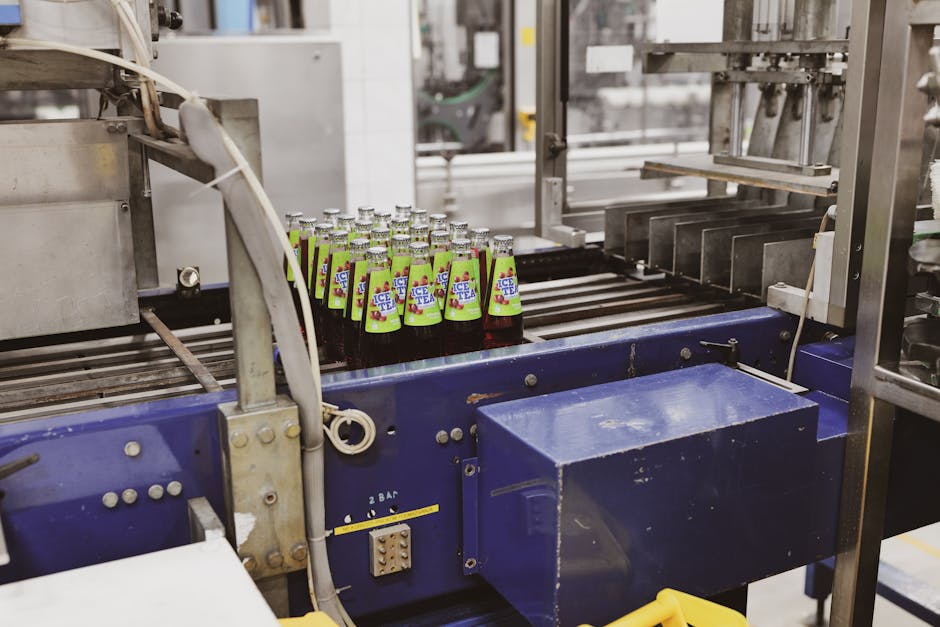Electric Vehicles Vs. Hydrogen Fuel Cell Vehicles: A Comparative Analysis Of Sustainable Transportation Solutions
En Promo sur Amazon
En Promo sur Amazon
As the global focus on sustainability intensifies, the automotive industry is undergoing a significant transformation. Two of the most prominent alternatives to traditional gasoline-powered vehicles are electric vehicles (EVs) and hydrogen fuel cell vehicles (FCVs). Both technologies aim to reduce carbon emissions and reliance on fossil fuels, but they do so through different mechanisms and infrastructures. Understanding the advantages and disadvantages of each can help consumers and policymakers make informed choices about the future of transportation.
Electric vehicles have gained substantial traction in recent years, primarily due to advancements in battery technology and the growing availability of charging infrastructure. EVs operate using electric motors powered by rechargeable batteries, which can be charged at home or at public charging stations. This convenience, coupled with lower operating costs and the potential for renewable energy integration, makes EVs a popular choice among environmentally conscious consumers. However, challenges such as battery production’s environmental impact and the need for extensive charging networks remain significant hurdles.
En Promo sur Amazon
On the other hand, hydrogen fuel cell vehicles use hydrogen gas to produce electricity through an electrochemical reaction, emitting only water vapor as a byproduct. FCVs can be refueled in a matter of minutes, similar to traditional gasoline vehicles, making them appealing for long-distance travel. The infrastructure for hydrogen refueling is less developed than that for electric charging, but advancements in hydrogen production and distribution technologies could pave the way for a more widespread adoption of FCVs. Despite these advantages, the production of hydrogen—especially through methods that are not environmentally friendly—raises concerns regarding the overall sustainability of this approach.
When comparing the environmental impact of EVs and FCVs, it is essential to consider the entire lifecycle of both vehicle types. Electric vehicles can potentially run on renewable energy sources, which significantly reduces their carbon footprint. However, the extraction and processing of lithium and other materials used in batteries can be environmentally damaging. Conversely, while hydrogen has the potential to be produced sustainably, the current majority of hydrogen production relies on natural gas, which emits carbon dioxide. This highlights the need for continuous innovation in both technologies to ensure they are genuinely sustainable.
En Promo sur Amazon
The consumer experience also varies between electric and hydrogen fuel cell vehicles. EVs offer a quiet, smooth driving experience, with instant torque and minimal maintenance requirements. However, charging times can be a drawback for some users, especially those who need to travel long distances. In contrast, FCVs provide a driving experience similar to conventional cars, with quick refueling times and longer ranges. Nonetheless, the limited availability of hydrogen refueling stations can be a significant deterrent for potential buyers, particularly in regions where infrastructure is lacking.
In conclusion, both electric vehicles and hydrogen fuel cell vehicles present viable pathways toward a more sustainable transportation future, each with its unique set of advantages and challenges. While electric vehicles currently dominate the market, hydrogen fuel cell technology holds promise for specific applications, particularly in heavy-duty and long-distance transportation. The future of sustainable mobility may not hinge on a single solution but rather a combination of both technologies, tailored to meet diverse consumer needs and environmental goals.
As the automotive industry continues to innovate, ongoing research and investment in both electric and hydrogen technologies will be crucial. Policymakers, manufacturers, and consumers must collaborate to create an infrastructure that supports multiple sustainable transportation options, ensuring a cleaner and more efficient future for all.





